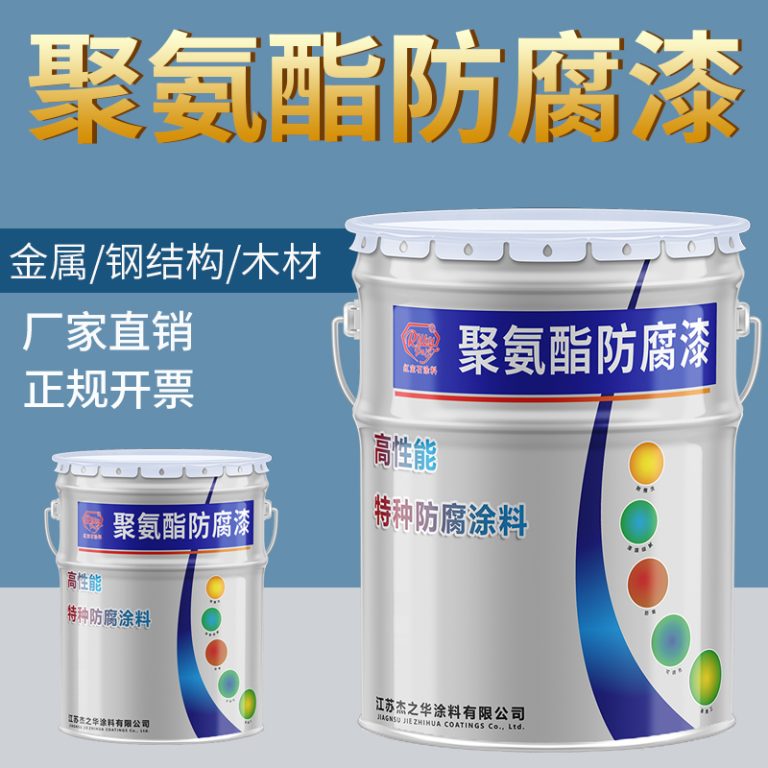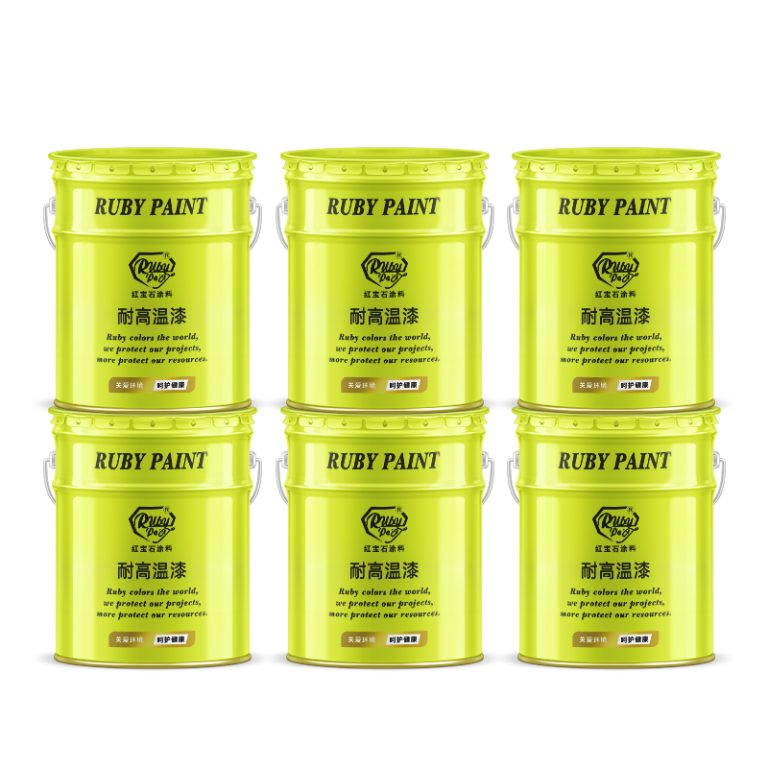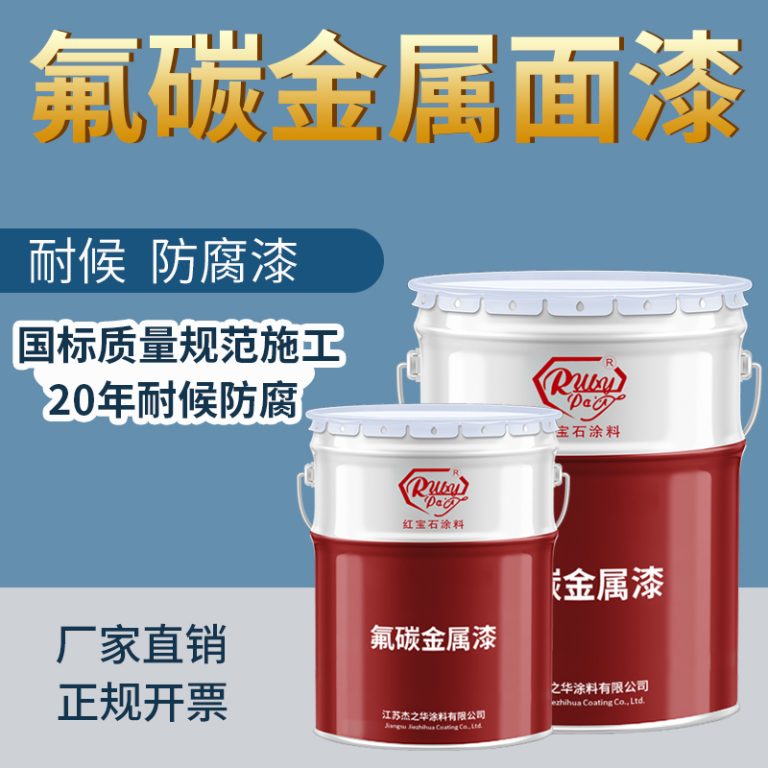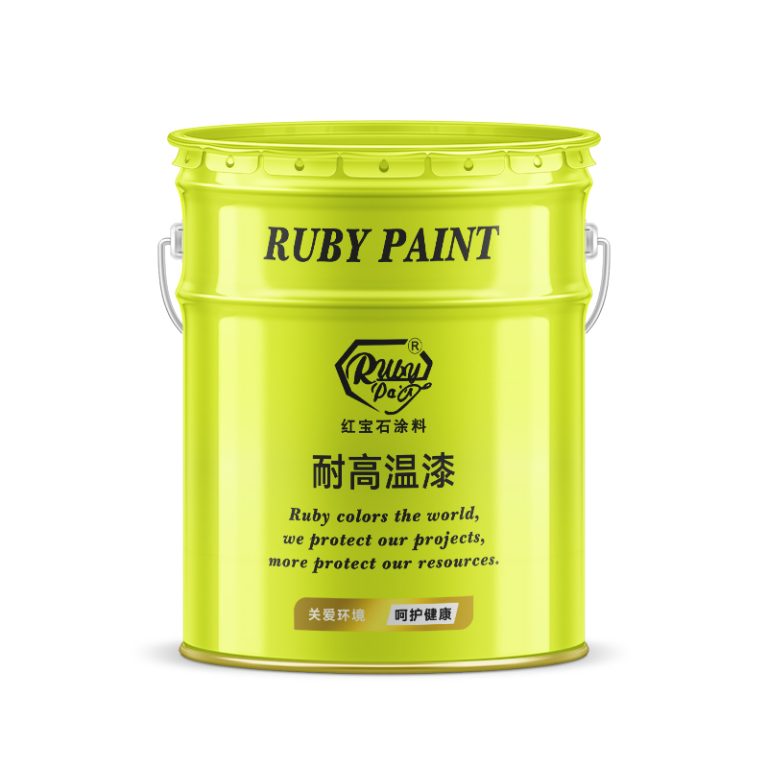Table of Contents
Comparison Of PVDF And Fluorocarbon Coatings In Architectural Applications
When it comes to architectural applications, the choice of coating material is crucial for ensuring both aesthetic appeal and long-term durability. Two popular options in the industry are PVDF (Polyvinylidene Fluoride) and fluorocarbon coatings. Each of these materials offers unique benefits and limitations, making them suitable for different types of projects. Understanding the differences between PVDF and fluorocarbon coatings can help architects and builders make informed decisions that align with their specific needs.
PVDF coatings are highly valued for their exceptional resistance to weathering, chemical erosion, and UV radiation. This makes them an ideal choice for exterior architectural applications where exposure to harsh environmental conditions is a concern. PVDF coatings are composed of a mixture of a fluoropolymer resin and acrylic resin, which contributes to their outstanding stability and protection against fading and chalking. These coatings are typically applied in a factory setting using a coil coating process, ensuring a consistent and high-quality finish. The longevity of PVDF coatings, often exceeding 20 years, is a testament to their robustness and reliability in preserving the aesthetic integrity of buildings.
On the other hand, fluorocarbon coatings, also known as PVF2 or Kynar coatings, are composed entirely of fluoropolymer resins. This composition provides enhanced performance characteristics, including superior resistance to solvents, acids, and bases. Fluorocarbon coatings are known for their ability to retain color and gloss over extended periods, even under severe environmental stresses. This makes them particularly well-suited for projects that require a high degree of aesthetic preservation along with durability. Like PVDF coatings, fluorocarbon coatings are applied using a coil coating process, which allows for precise application and uniform coverage.
The decision between PVDF and fluorocarbon coatings often comes down to specific project requirements and environmental considerations. For instance, in areas with high exposure to industrial chemicals or coastal environments with salty air, fluorocarbon coatings might be the preferred choice due to their superior chemical resistance. Conversely, for projects where cost is a significant factor, PVDF coatings may be favored as they generally offer a good balance of performance and affordability.
Moreover, the choice of coating can also influence the range of available colors and finishes. PVDF coatings are available in a wide variety of colors and can be formulated to achieve different gloss levels and metallic effects. This versatility makes PVDF an attractive option for projects that require a specific aesthetic. Fluorocarbon coatings, while somewhat more limited in color selection, are renowned for their vibrant and enduring finishes, which can be crucial for projects aiming for visual impact.
| Serial Number | Name |
| 1 | Fluoracarbon paint |
In conclusion, both PVDF and fluorocarbon coatings have their place in architectural applications, each bringing a set of advantages that cater to different project demands. Architects and builders must consider factors such as environmental exposure, aesthetic requirements, and budget when choosing between these two options. By carefully evaluating the properties and performance of PVDF and fluorocarbon coatings, professionals can ensure that their chosen coating not only enhances the appearance of their project but also contributes to its longevity and sustainability.
Durability And Performance: Analyzing PVDF Vs Fluorocarbon For Industrial Use
Polyvinylidene fluoride (PVDF) and fluorocarbon are two high-performance materials widely used in industrial applications due to their exceptional durability and resistance to harsh environmental conditions. Both materials are fluoropolymers, which means they contain fluorine atoms that contribute to their robust characteristics. However, when it comes to selecting the right material for specific industrial uses, understanding the differences between PVDF and fluorocarbon is crucial.
PVDF is known for its excellent chemical resistance, high thermal stability, and strong mechanical properties. It can withstand exposure to a wide range of chemicals, including acids, bases, and solvents, making it an ideal choice for chemical processing equipment, piping systems, and protective coatings. Additionally, PVDF exhibits superior resistance to ultraviolet (UV) radiation and weathering, which ensures long-term performance in outdoor applications. Its ability to maintain its properties over a broad temperature range further enhances its suitability for various industrial environments.
On the other hand, fluorocarbon, commonly referred to by its trade name Teflon, is renowned for its outstanding non-stick properties and low coefficient of friction. This makes it particularly useful in applications where reducing friction and preventing material adhesion are critical, such as in non-stick cookware, bearings, and seals. Fluorocarbon also demonstrates excellent thermal stability and can operate at higher temperatures compared to PVDF. Its resistance to heat and its inert nature make it a preferred choice for applications involving high temperatures and aggressive chemicals.
When comparing the durability of PVDF and fluorocarbon, it is important to consider the specific environmental conditions and mechanical stresses each material will face. PVDF’s robust UV and weather resistance make it more suitable for outdoor applications where exposure to sunlight and varying weather conditions is a concern. Its high impact strength and abrasion resistance also contribute to its durability, ensuring it can withstand physical impacts and abrasive forces.

Conversely, fluorocarbon’s superior heat resistance makes it the better option for high-temperature applications. Its ability to maintain its properties at temperatures exceeding those that PVDF can handle allows it to perform reliably in demanding thermal environments. Furthermore, fluorocarbon’s unparalleled non-stick properties reduce the risk of material buildup and clogging, which can be crucial in maintaining the efficiency and longevity of equipment.
| No. | Name |
| 1 | Industrial paint |
In terms of performance, both PVDF and fluorocarbon offer unique advantages that make them suitable for different industrial applications. The choice between the two materials should be based on a thorough analysis of the specific requirements of the application, including chemical exposure, temperature range, mechanical stresses, and the need for UV and weather resistance.
Ultimately, the decision to use PVDF or fluorocarbon in industrial applications depends on a balance of factors. PVDF’s exceptional chemical resistance, UV stability, and mechanical strength make it a versatile material for a wide range of applications, particularly those involving harsh environmental conditions. Fluorocarbon, with its excellent thermal stability and non-stick properties, is ideal for applications where high temperatures and low friction are critical. By carefully evaluating the demands of the application and the properties of each material, engineers and designers can make informed decisions that optimize performance and durability.




